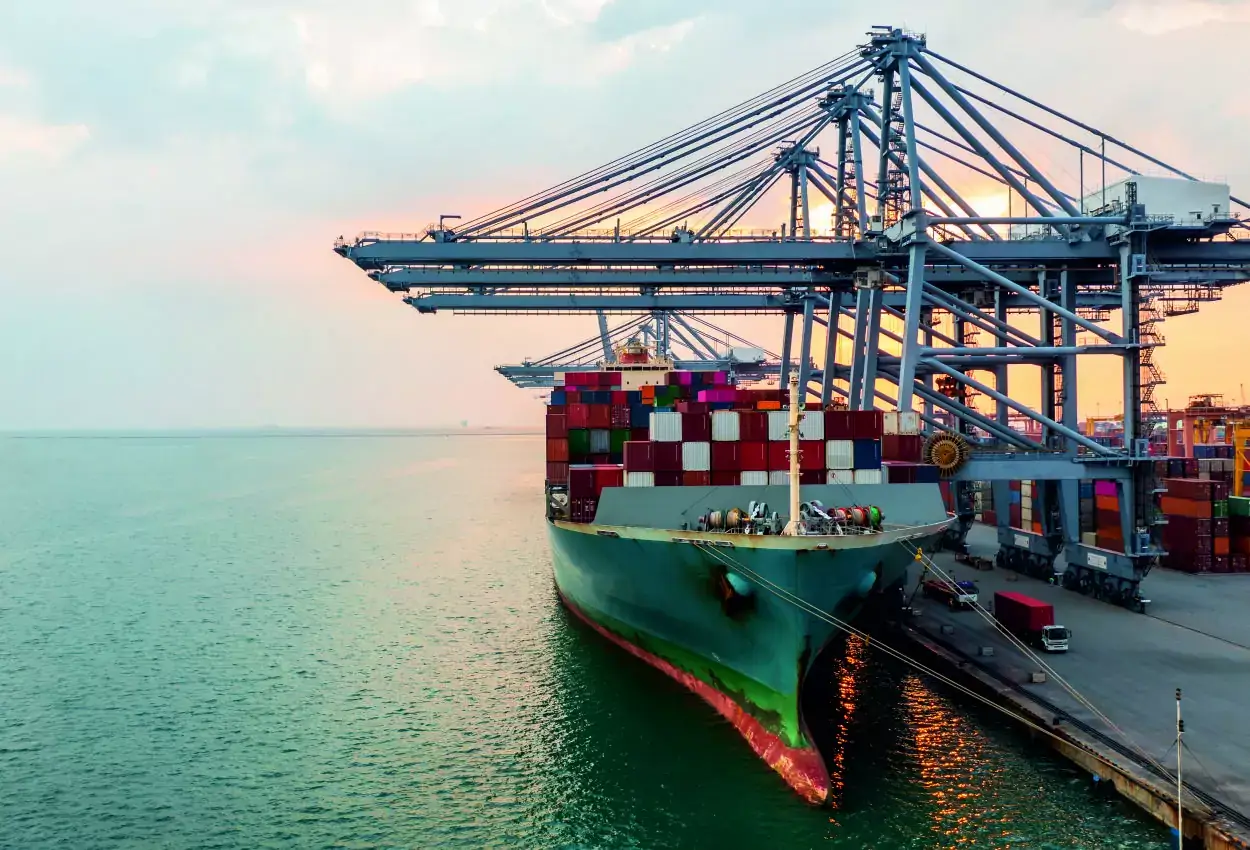Global trade is at a turning point. As economies recover from pandemic disruptions, businesses must navigate a rapidly changing landscape shaped by geopolitical shifts, technological advancements, and new sustainability imperatives. With supply chains becoming more complex and regulatory frameworks evolving, the future of cross-border business will be defined by adaptability, digitalization, and sustainability.
The Changing Dynamics of Global Trade
Historically, international trade was driven by globalization and the free flow of goods between nations. However, recent years have seen a shift toward economic nationalism, supply chain diversification, and digital transformation. Factors such as geopolitical tensions, protectionist policies, and evolving trade agreements are reshaping how businesses operate across borders.
Furthermore, digital commerce is changing the way businesses interact with global markets. E-commerce, fintech solutions, and automated logistics have made it easier for companies—both large corporations and small businesses—to expand internationally. However, businesses must also contend with challenges such as regulatory compliance, cybersecurity threats, and trade restrictions.
As we move into the future, five key trends are emerging that will shape the next era of global trade.
- The Digital Trade Revolution
Technology is redefining cross-border commerce, enabling businesses to conduct transactions with greater speed and efficiency. Digital trade encompasses e-commerce, cloud computing, AI-driven logistics, and blockchain-powered transactions. Companies that embrace these technologies can enhance operational efficiency, streamline payments, and reduce trade-related friction.
E-commerce, in particular, has accelerated global trade, allowing businesses to bypass traditional retail barriers and reach consumers directly. According to the United Nations Conference on Trade and Development (UNCTAD), global e-commerce sales reached $26.7 trillion in 2022, with cross-border sales representing a significant share of this figure. Online platforms such as Amazon, Alibaba, and Shopify have empowered businesses of all sizes to sell internationally with minimal infrastructure investment.
Moreover, digital trade agreements (DTAs) are emerging as a new regulatory framework for global commerce. Agreements like the Digital Economy Partnership Agreement (DEPA) between Singapore, New Zealand, and Chile are setting precedents for digital trade governance, including data flow regulations, cybersecurity standards, and electronic payment systems.
- Supply Chain Resilience and Regionalization
The COVID-19 pandemic exposed vulnerabilities in global supply chains, leading businesses to rethink their sourcing and logistics strategies. Companies that relied heavily on single-source suppliers, particularly in Asia, faced severe disruptions. In response, many firms are shifting toward regionalization and nearshoring—establishing supply networks closer to home to reduce dependence on distant suppliers.
Regional trade agreements, such as the Regional Comprehensive Economic Partnership (RCEP) in Asia and the United States-Mexico-Canada Agreement (USMCA), are encouraging businesses to build resilient supply chains within specific economic zones. This shift is leading to the rise of manufacturing hubs in Southeast Asia, Eastern Europe, and Latin America as businesses seek alternative production centers.
Additionally, advancements in 3D printing and automation are reducing reliance on offshore manufacturing. By leveraging these technologies, businesses can produce goods closer to their end markets, minimizing logistical risks and improving supply chain agility.
- The Rise of Green Trade and Sustainability Standards
Sustainability is becoming a fundamental pillar of global trade, driven by both consumer demand and regulatory requirements. Governments worldwide are implementing policies to promote green trade, such as carbon border taxes, environmental reporting requirements, and incentives for eco-friendly production.
For example, the European Union’s Carbon Border Adjustment Mechanism (CBAM) will require importers to pay a tariff based on the carbon footprint of their goods. This policy aims to prevent “carbon leakage,” where companies relocate production to countries with lax environmental regulations. Similar measures are being considered by other major economies, including the United States and China.
Companies are also adopting circular economy models, focusing on reducing waste, reusing materials, and minimizing their carbon footprint. Businesses that proactively integrate sustainability into their supply chains—by sourcing ethically produced raw materials, using renewable energy, and optimizing logistics—will gain a competitive edge in the evolving trade environment.
- The Role of Geopolitics in Global Trade
Trade policies are increasingly influenced by geopolitical developments, affecting everything from tariffs to supply chain decisions. The US-China trade war, Brexit, and the war in Ukraine have highlighted the fragile nature of international economic relationships. Businesses must now factor geopolitical risks into their global trade strategies.
For instance, trade protectionism is rising as countries seek to safeguard their domestic industries. The United States’ Inflation Reduction Act (IRA) and the European Green Deal include provisions favoring local production, which could impact international trade flows. Similarly, sanctions and export controls are limiting access to critical technologies and resources, particularly in industries like semiconductors and renewable energy.
To mitigate these risks, businesses are diversifying their trade networks, forming strategic partnerships, and leveraging trade agreements that provide stability in uncertain political climates.
- Technology-Driven Trade Facilitation
As global trade becomes more complex, technology is playing a critical role in enhancing transparency, efficiency, and compliance. Innovations such as blockchain, AI, and IoT (Internet of Things) are revolutionizing trade logistics, customs procedures, and regulatory compliance.
- Blockchain: Secure and transparent ledger systems are helping businesses track goods across supply chains, reduce fraud, and ensure compliance with trade regulations.
- AI and Predictive Analytics: Companies are using AI to optimize inventory management, forecast demand, and automate trade documentation.
- IoT and Smart Logistics: Real-time tracking of shipments via IoT sensors is improving visibility and reducing losses due to theft or inefficiencies.
Governments are also adopting e-customs systems to streamline trade documentation and reduce delays. The implementation of single-window systems, where businesses can submit trade-related documents electronically through a unified portal, is improving efficiency in international transactions.
Preparing for the Future of Global Trade
As global trade continues to evolve, businesses must adopt proactive strategies to stay competitive. Here are three key areas of focus for companies engaged in cross-border commerce:
- Embrace Digital Trade – Investing in e-commerce, fintech solutions, and automated logistics will be essential for reaching global markets efficiently.
- Strengthen Supply Chain Resilience – Diversifying suppliers, nearshoring operations, and leveraging smart manufacturing will help businesses navigate disruptions.
- Integrate Sustainability into Trade Practices – Compliance with green regulations and adopting eco-friendly production methods will enhance long-term competitiveness.
By staying ahead of these trends, businesses can not only mitigate risks but also seize new opportunities in the rapidly evolving landscape of international trade. Those who adapt to technological advancements, geopolitical shifts, and sustainability imperatives will be the trailblazers shaping the future of cross-border commerce.



